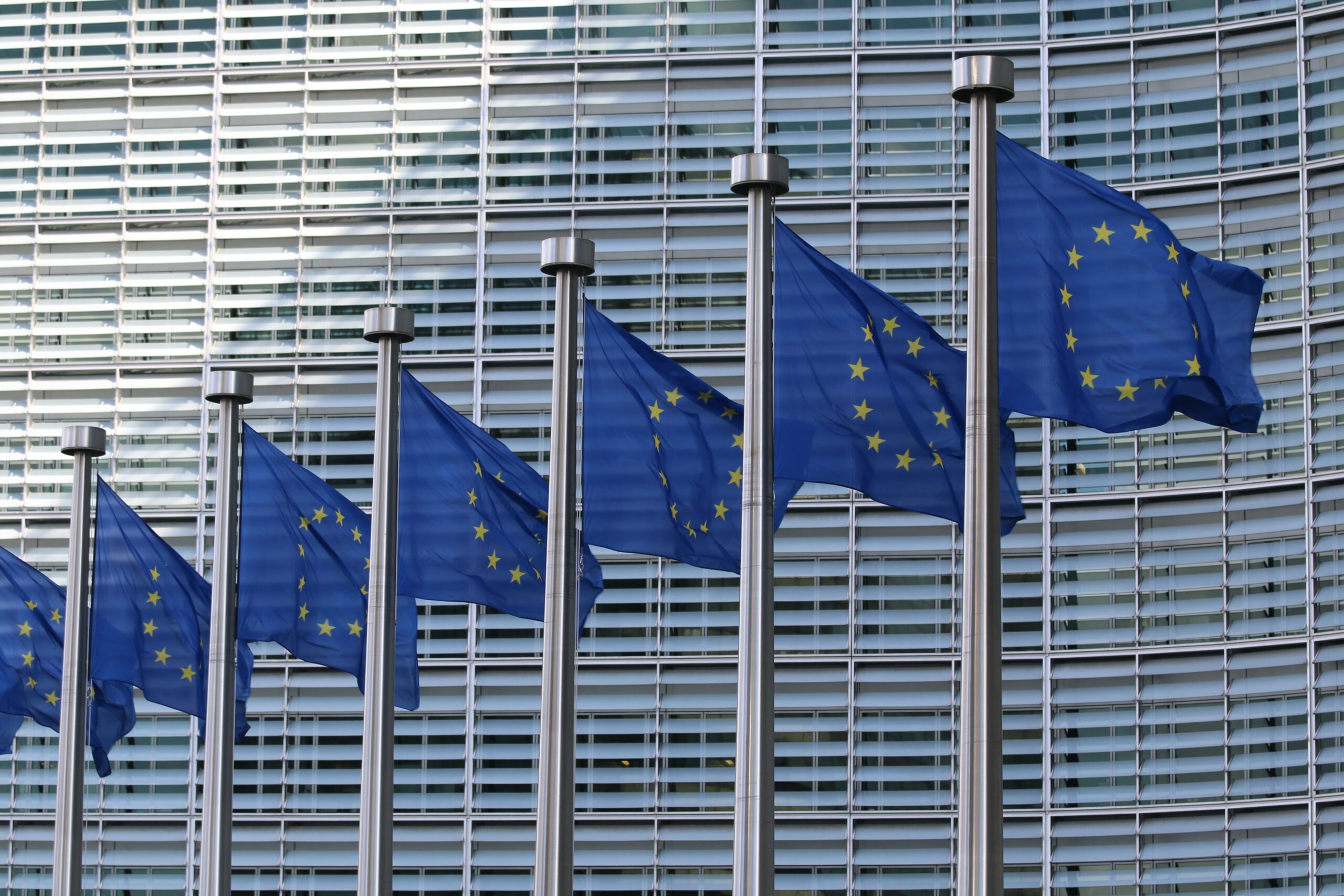COMMISSION RECOMMENDATION (EU) 2020/403
In March 2020, the European Commission adopted Recommendation (EU) 2020/403 on conformity assessment and market surveillance procedures within the context of the COVID-19 outbreak. The aim was to allow for the increased supply of Personal Protective Equipment (PPE) and Medical Devices to feed into the market rapidly and without undue delays.
Accordingly, if market surveillance authorities found that conformity assessment procedures (including affixing of CE marking) were not yet finalized, but the PPE or medical device ensured an adequate level of health and safety, they could authorize the making available of such products on the EU market, for a limited period of time and while the necessary procedures were being carried out.
Moreover, PPE or medical devices without CE marking could also be assessed and part of a purchase organized by the relevant Member States. This was merely possible if these products were only available for healthcare workers for the duration of the health crisis and if they were not entering the regular distribution channels and made available for other users.
There was an unprecedented and exponential growth in the demand for medical devices and for PPE, like face masks, gloves, and others. Following this recommendation, EU Economic operators have worked hard on increasing their manufacturing and distribution capacity in order to answer the increased demand, redesigning their supply chains, launching new manufacturing lines and diversifying their supplier base.
NEW -> COMMISSION RECOMMENDATION (EU) 2021/1433
In this new Recommendation on conformity assessment and market surveillance procedures within the context of the COVID-19 threat, the Commission concluded, based on information provided by industrial stakeholders and relevant national authorities, that there are no longer any significant shortages of PPE and medical devices on the European market, and it is to be expected that the situation would remain stable. The Commission considers that the underlying conditions justifying the application of Recommendation (EU) 2020/403 are no longer reunited.
Regulation (EU) 2016/425 lays down the requirements for the design, manufacturing and placing on the market of PPE. Particle filtering half-masks, coveralls and eyewear protection fall within the scope of this Regulation.
As for medical devices, such as surgical masks, examination gloves and some types of gowns, the requirements for design, manufacturing and placing on the market are laid down by Regulation (EU) 2017/745.
As happened before the Recommendation (EU) 2020/403, when a manufacturer wants to place a PPE or medical device on the market, it should carry out the applicable conformity assessment procedures and affix the CE marking, if compliance with applicable requirements has been demonstrated by the appropriate procedure. Annex II to Regulation (EU) 2016/245 for PPE and Annex I to Regulation (EU) 2017/745 for medical devices sets the essential performance and safety requirements that these products shall meet so they can be placed on the market and circulate freely across the entire EU market.
PPE and medical devices that were assessed by market surveillance authorities and granted approval decision (according to mechanisms described in point 7 and 8 of Recommendation (EU) 2020/403), have been proven to comply with essential health and safety requirements of Regulation (EU) 2016/425 and Regulation (EU) 2017/745).
The Commission has set a date from which no PPE or medical devices should be made available on the EU market unless it has undergone the mandatory conformity assessment procedures and has been lawfully affixed with the CE marking.
As from 1 October 2021, PPE that have not been successfully undergone the relevant conformity assessment procedures (in accordance with PPE Regulation (EU) 2016/425) should no longer be authorized by market surveillance authorities and cannot be placed on the EU market.
PPE or medical devices that have been granted authorization according to Recommendation (EU) 2020/403 can only be made available until 31 May 2022. Exception is made for products that are part of existing stocks at the disposal of healthcare workers, first responders and other personnel involved in the efforts to contain the virus and avoid its further spread. These stocks may be made available until fully exhausted, but no later than 31 July 2022.
From 1 August 2022, market surveillance authorities should ensure that all PPE or medical devices placed in the EU market have successfully passed the relevant conformity assessment procedures in accordance with Regulation (EU) 2016/245 and Regulation (EU) 2017/745 and bear a lawfully affixed CE marking. For medical devices, such does not apply if specific derogations from the conformity assessment procedure have been authorized by Member States, according to the corresponding Regulation.
References:
- Commission Recommendation (EU) 2021/1433 of 1 September 2021 on conformity assessment and market surveillance procedures within the context of the COVID-19 threat.
- Commission Recommendation (EU) 2020/403 of 13 March 2020 on conformity assessment and market surveillance procedures within the context of the COVID-19 threat.
- Regulation (EU) 2017/745 of the European Parliament and of the Council of 5 April 2017 on medical devices, amending Directive 2001/83/EC, Regulation (EC) No 178/2002 and Regulation (EC) No 1223/2009 and repealing Council Directives 90/385/EEC and 93/42/EEC.
- Regulation (EU) 2016/425 of the European Parliament and of the Council of 9 March 2016 on personal protective equipment and repealing Council Directive 89/686/EEC.















